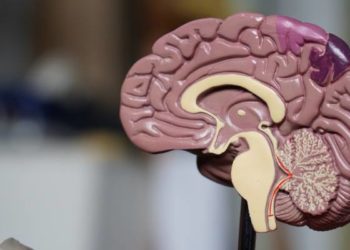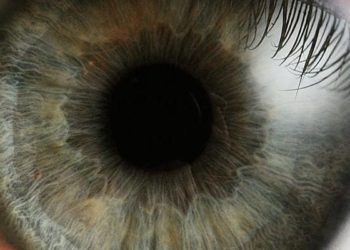Low-energy femtosecond laser-assisted cataract surgery versus conventional phacoemulsification
1. Low-energy FLACS resulted in less endothelial cell count loss post-operatively compared with conventional phacoemulsification.
2. Patients receiving low-energy FLACS had significantly higher aqueous prostaglandin, IL-6, IL-8, and INF-γ levels, leading to greater anterior chamber inflammation on the first day after surgery.
3. Patients’ subjective surgical experiences did not differ considerably between low-energy FLACS and conventional phacoemulsification.
Evidence Rating Level: 1 (Excellent)
Femtosecond laser-assisted cataract surgery (FLACS) is a safe and effective procedure and is quickly becoming an alternative to conventional phacoemulsification. Previous research comparing these techniques have primarily used observational cohort designs. This randomized controlled trial compared 1-year clinical outcomes of low-energy FLACS versus conventional phacoemulsification in the same patient. A total of 85 patients were randomized to receive FLACS in one eye and conventional phacoemulsification in the other eye. Clinical data, including phacoemulsification energy parameters, uncorrected and corrected distance visual acuities, manifest refraction spherical equivalent, central corneal thickness, endothelial cell count, anterior chamber flare, and post-operative complications were obtained for 1 year. Aqueous humor was collected for analysis and patient-reported outcomes on surgical experiences were evaluated. Compared with conventional phacoemulsification, low-energy FLACS had significantly less endothelial cell count reduction at 3 months (1.5 ± 0.3% vs. 7.0 ± 2.4%; P < 0.01) and 1 year (8.2 ± 2.8% vs. 11.2 ± 3.6%; P = 0.03). There were no significant differences in other clinical factors. FLACS resulted in significantly higher aqueous prostaglandin (PGE)2 (P < 0.01), interleukin (IL)-6 (P = 0.03), IL-8 (P = 0.03), and interferon (IFN)-γ (P = 0.04) concentrations and greater anterior chamber flare at 1 day (P = 0.02). Patients’ subjective surgical experiences, including duration of procedure and perceived inconvenience, did not differ considerably between groups. Study findings improve understanding of FLACS, further highlighting its comparability to conventional phacoemulsification.
Click to read the study in Frontiers in Medicine
Image: PD
©2021 2 Minute Medicine, Inc. All rights reserved. No works may be reproduced without expressed written consent from 2 Minute Medicine, Inc. Inquire about licensing here. No article should be construed as medical advice and is not intended as such by the authors or by 2 Minute Medicine, Inc.








